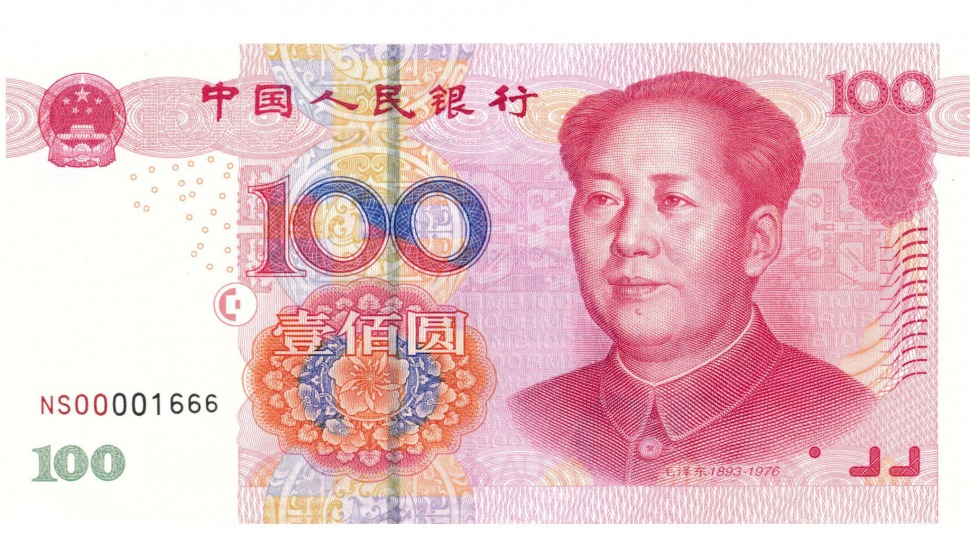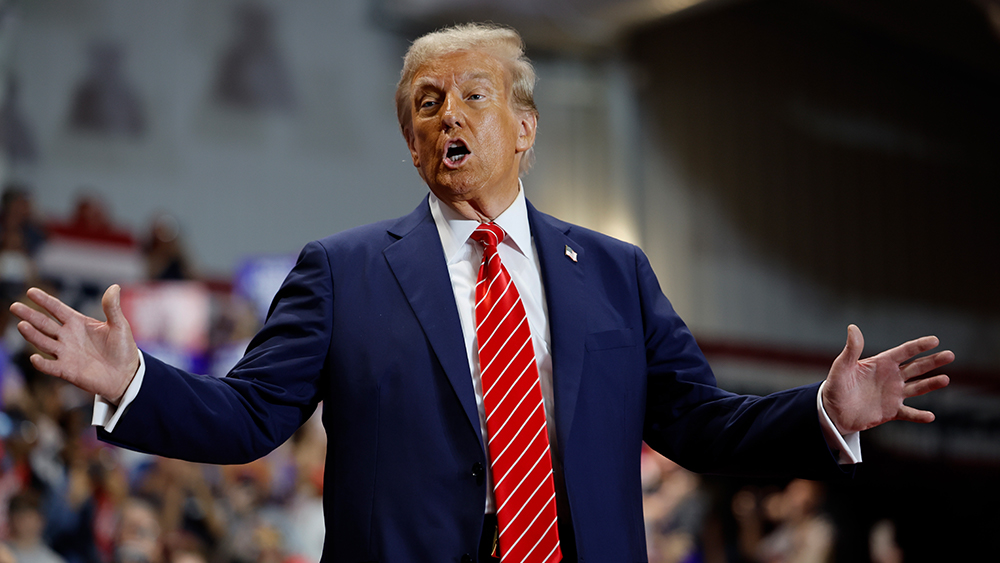
This surge in yuan usage comes as part of Russia's ongoing shift away from major Western currencies, spurred by sanctions imposed by the United States and the European Union over the conflict in Ukraine.
These financial constraints have made cross-border trade in euros and dollars more challenging and reduced their significance in Russia's domestic foreign exchange market. (Related: China quickly expanding use of yuan in global trade as it seeks to dethrone US dollar as world’s top currency.)
In March, the turnover of exchange-traded yuan reached 53 percent, up from 46.6 percent in February, while the share of renminbi in over-the-counter trading also hit a record high of 39.6 percent.
Conversely, the share of Western currencies, including the U.S. dollar and the euro, declined on both the exchange and over-the-counter segments. This decline saw the share of the dollar and euro drop to 46.4 percent on the exchange and 54.7 percent over the counter in March, down from 52.8 percent and 59.8 percent, respectively in February.
Analysts attribute these shifts to Russia's move away from transacting in currencies of "unfriendly" countries amidst international sanctions.
These sanctions include the blacklisting of several Russian banks, their expulsion from the SWIFT interbank messaging system, bans on transactions with Russian financial entities, and freezing of foreign exchange reserves.
Russia promoting settlements in many currencies other than the dollar and euro
Central Bank of Russia President Elvira Nabiullina noted that Russia is actively promoting settlements in various national currencies. Over the past year, settlements in currencies other than the dollar and euro have surged from 39 percent to 67 percent.
Russian officials, including Minister of Finance Anton Siluanov, have expressed growing distrust in the U.S. dollar, labeling it as "a completely unreliable instrument."
Late January, the Moscow Exchange saw a surge in trading volume denominated in the Chinese renminbi, surpassing that of the U.S. dollar in 2023. This shift reflects Moscow's de-dollarization strategy amid Western sanctions targeting its financial system.
Russia's deepening reliance on Beijing and the strengthening partnership between the two nations have fueled this trend.
With European and U.S. brands exiting the Russian market due to geopolitical tensions over Ukraine, Moscow has turned to increased energy exports to China and expanded imports of Chinese goods, including automobiles and smartphones.
Trading in the renminbi accounted for nearly 42 percent of all foreign currency transactions on the Moscow Exchange in 2023, representing a significant surge from the previous year.
The volume more than tripled to reach 34.15 trillion rubles ($366 billion), as reported by Russian newspaper Kommersant, citing data from the Moscow Exchange. In contrast, the dollar's share declined to 39.5 percent, with a volume of 32.49 trillion rubles, down from over 63 percent in 2022.
The trend underscores Russia's efforts to diversify its trade away from currencies deemed "unfriendly," such as the dollar and the euro.
This has led to a notable increase in China's use of the yuan to purchase Russian commodities, with bilateral trade reaching a record $240 billion in 2023, according to Chinese customs data.
Furthermore, Russia has seen a rise in imports invoiced in yuan, reflecting the growing importance of the Chinese currency in bilateral trade.
Although over-the-counter trading of currencies like the Emirati dirham and Indian rupee has also expanded significantly, formal exchange trading in these currencies has yet to be established.
Watch this clip from Kitco News discussing the possible collapse of the U.S. dollar.
This video is from the Thrivetime Show channel on Brighteon.com.
More related stories:
IMF hints that countries will soon be able to repay debt using Chinese YUAN currency.
Sources include:
Please contact us for more information.

















